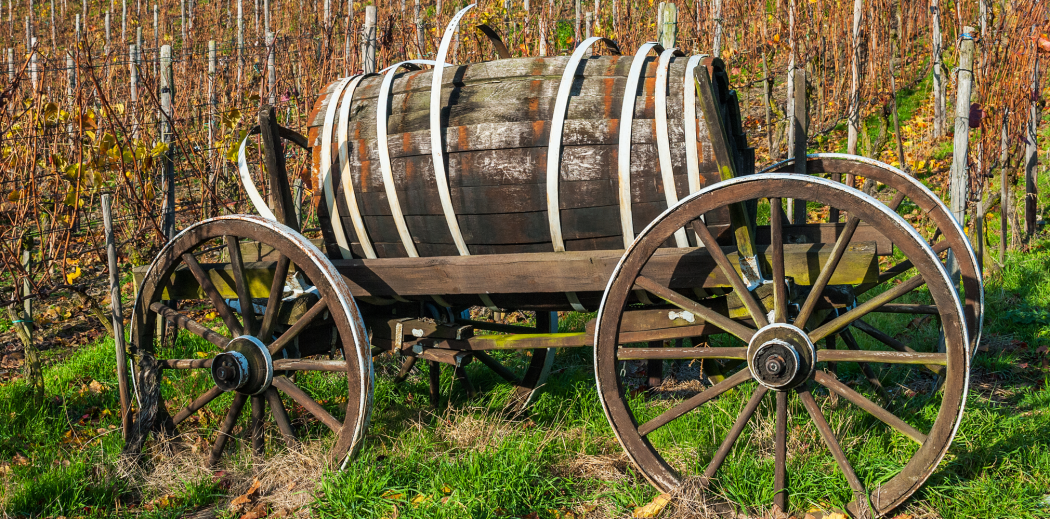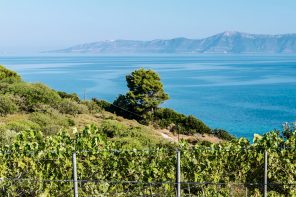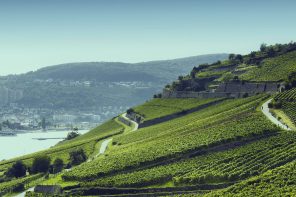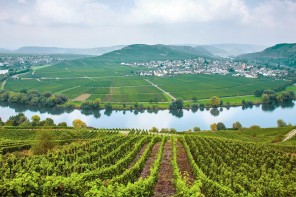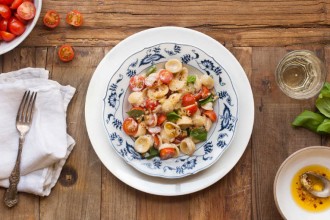Remember that fascinating talk we had about the Winkler Scale, degree day and the world’s hottest wine region? We know you’ve been spellbound and waiting for installment number two! The world’s coldest growing region. Please, get off the edge of your seats.
This one is a bit on a tough side, and we may be remiss in declaring one singular region THE coldest. Region I is the climate region with 2,500 or less degree days per growing season (err… it’s the coldest), furthest from that thing called the equator and usually inland and away from maritime influences. Contained within Region I are Burgundy’s Cote d’Or, the Champagne region, Oregon’s Willamette Valley and Germany’s Mosel and Rhine Valleys. At the time that Mr. Winkler developed his scale, the region that had the fewest overall degree days was…
Germany’s Rhine & Mosel Valleys!
There is no clear indication that one is unanimously colder than the other. Germany is home to some of the steepest, most mountainous (and beautiful) slopes you can imagine. Some are so sharp and rocky that it’s hard to grasp the fact that wine grapes actually enjoy growing there.
It can be downright treacherous to work among these vines. That soothing image of a farmer on a tractor doesn’t quite work at these elevations. The Mosel is known specifically for its slate “soil” which to the common eye, looks just like it sounds: a pile of flat rocks. However, the Riesling and Müller-Thurgau grapes that this area is known for really dig it.
Although chilly, these grapes do get lots of sun. They approach ripeness slowly and carefully, as heat spikes are rare. You’ll probably never taste a wine whose relationship with its soil is as precise as that between Mosel Riesling and those slate covered hills.
Riesling is a grape of searing precision and clarity, that slate is downright magical and it imparts every bit of its minerality straight to the tastebuds. These cooler temperatures mean higher acid, and German Rieslings are near and dear to the heart of many Somms.
Germany’s cold climate also means one other thing: Eiswein, aka Ice Wine. Made from grapes that are frozen while still on the vine, it can only be produced under the most ideal of conditions. Birds of prey and super-friendly wild boars do enjoy snacking on the ripe little guys. Sometimes frost doesn’t happen until after the grapes rot, and picking must happen at a very specific temperature. It’s tricky business, but wines from a great Eiswein harvest year are highly sought after. The resulting wines are both high in acid and in sugar, a very delicate balance: just one of this cold region’s many bragging rights.

